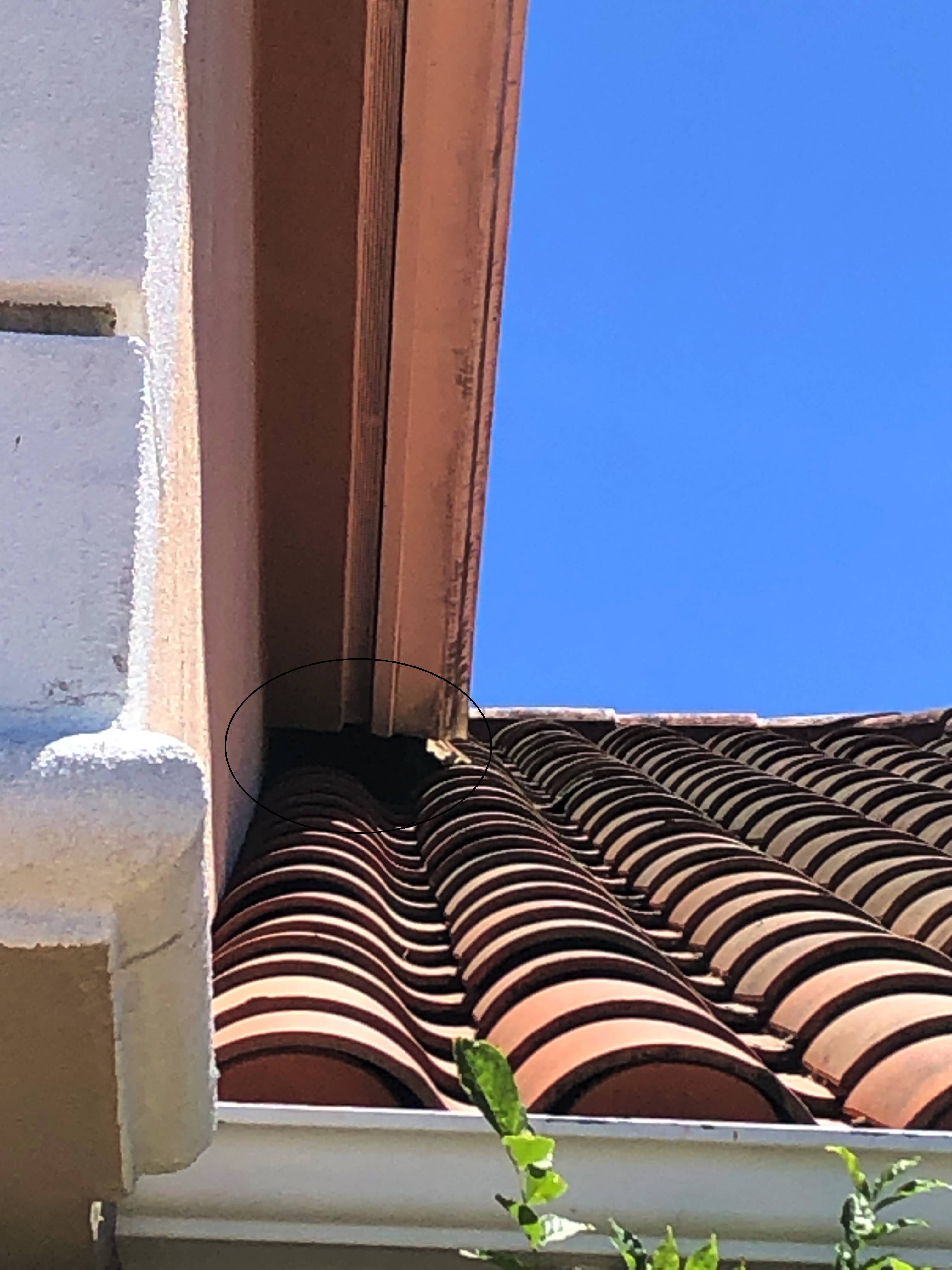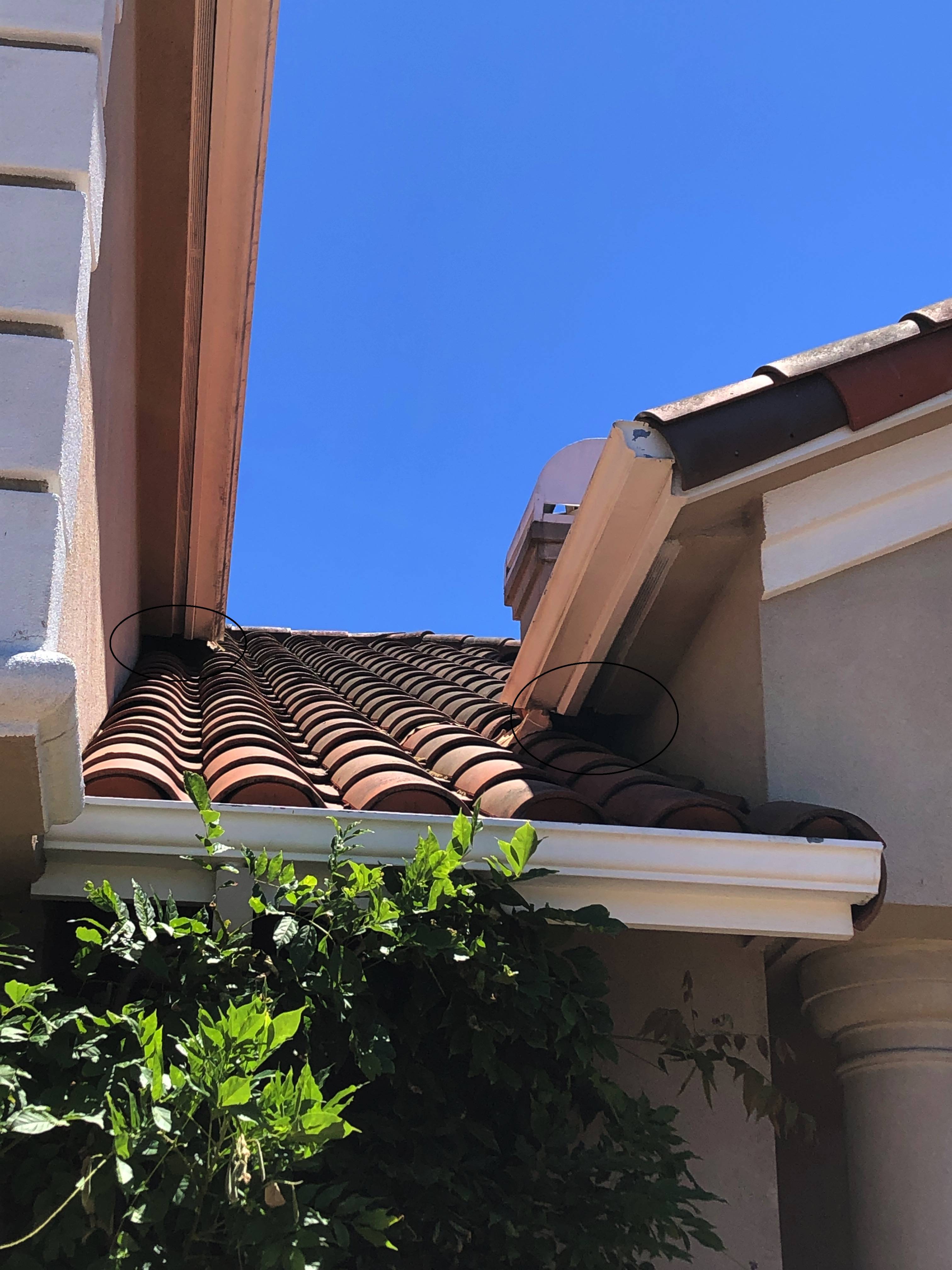I have a slanted roof on my house. I think it's called a Gable and Valler roof where some vertical portions of the home intersects with some of the slanted parts of the roof.
With that said, there are some openings where squirrels apparently are entering. We saw one stick its head out of one of these openings before scurrying back in when we surprised it.
I want to completely seal these holes so they can't get in anymore. However, all my neighbors in the same complex as me have these same holes so I want to say it's used for venting and I shouldn't seal it. Several of them also complain of squirrels (and maybe rats) entering their homes too thru these same holes.
Someone also said it's possible the roofers did a poor job and didn't seal these intersections/joints like they should have and gave wildlife a chance to enter our homes.
My friend climbed up to look thru the holes but couldn't see where it went so we're just guessing it somehow leads into the attic since we see droppings from critters and insulation getting disturbed.
So my question is are these holes used for venting and I need to leave them alone or did the roofers do a bad job and I can seal them? Hopefully my photos show the holes well enough for someone to tell me what they are for and if I can seal them completely.



